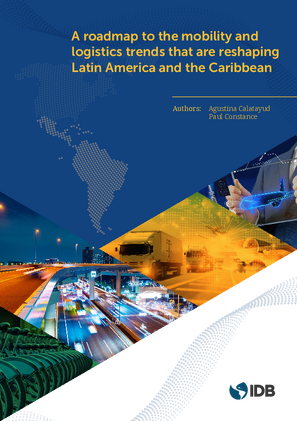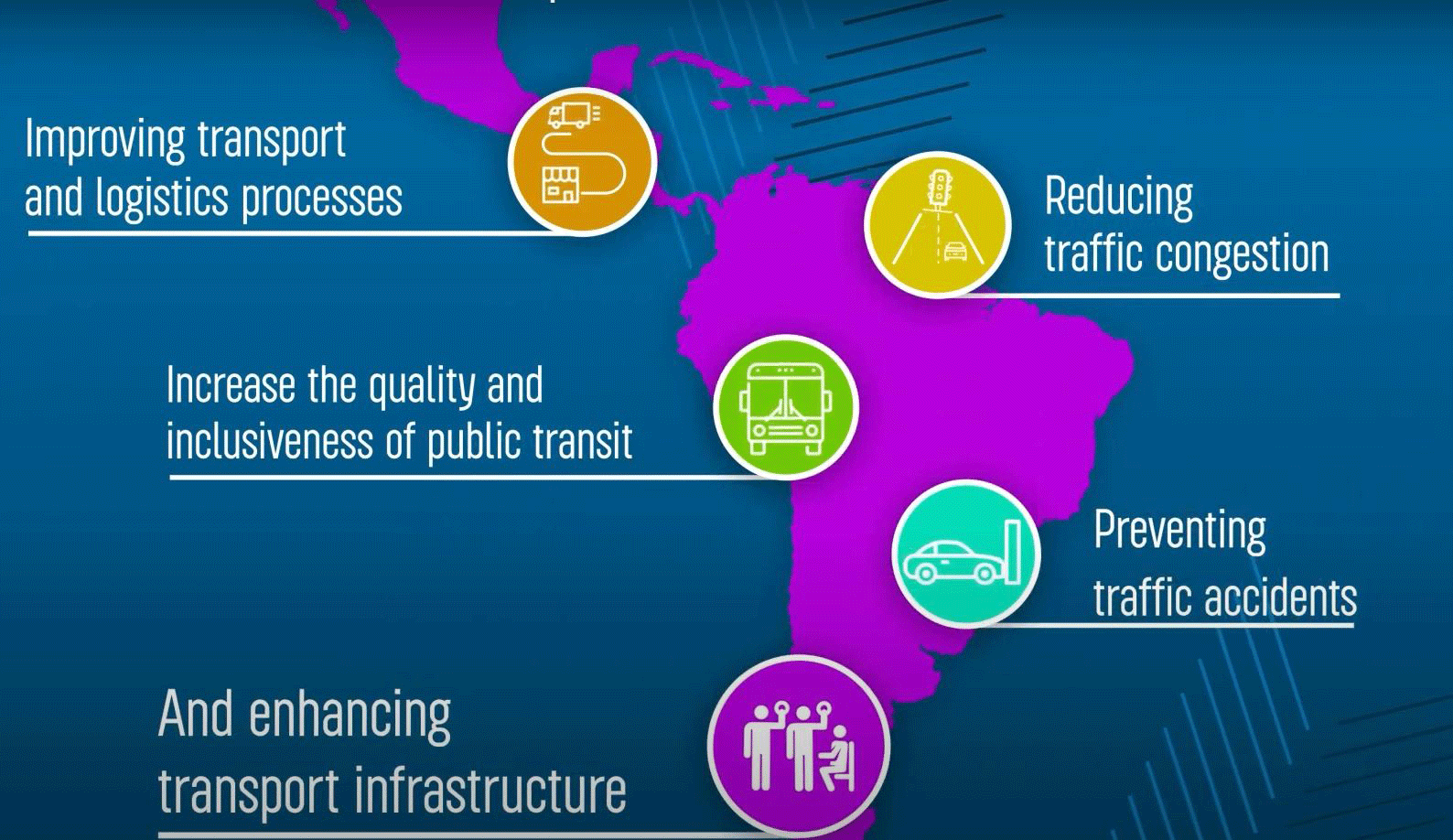Few services impact quality of life more tangibly than transportation. The process of getting to work, school, the grocery store, or a loved one’s home can literally define a person’s day—for better or for worse.
Today, governments face increasing pressure to resolve structural weaknesses in their transportation systems that were exacerbated by the COVID-19 pandemic. These include production chain delays due to inadequate shipping and logistics, declining ridership on subways and buses, traffic congestion, road accidents, and the perennial challenge of repairing potholes.
As if that were not enough, governments must also contend with extreme weather linked to climate change while lowering carbon emissions and adapting to technologies such as ridesharing and electromobility.
Transportation has been at the heart of the IDB’s work since the Bank opened its doors in 1959, and the 2020 update to the Transportation Division’s Sector Framework Document laid out a detailed roadmap for overcoming the main challenges faced by the sector.
The roadmap focuses on five main areas of work for the region which are driving the IDB Group’s transportation portfolio:
- The social dimension of transportation services, and to the imperative of making them safe, convenient, and affordable to users and financially sustainable for operators. Women deserve particular attention here, since historically they have been concerned about sexual harassment and crime on public transportation. Furthermore, people with physical disabilities depend on infrastructure that enables them to easily access, board and transfer through various modes of transport. The Bank is helping transportation operators to address all these issues
- New institutional and regulatory arrangements in the order improve project success and encourage more private investment in transportation. While progressing on this area, the Bank is pushing for greater transparency and early private sector involvement in the project preparation cycle.
- Turning logistics performance into a central pillar of competitiveness and a catalyst for growth. The Bank has been at the forefront of a view shift in the region to see logistics as a critical enabler that requires long-term planning and coordination among numerous public entities and private operators; and is helping governments to embrace cross-sector strategies that simultaneously stimulate different economic sectors.
- Securing resources for maintaining transport infrastructure. Governments are looking to create incentives for private operators to perform maintenance proactively. The Bank is contributing to adopt the appropriate business models.
- The sustainable and digital transformation of transport. The Bank is supporting governments to embrace technology as a means of accelerating the modernization and decarbonization of their transportation systems. It is also promoting the uptake of electric mobility and the shift to more sustainable transport modes.
Read our publication
 | … | We invite you to read more on A roadmap to the mobility and logistics trends that are reshaping Latin America and the Caribbean |


Leave a Reply